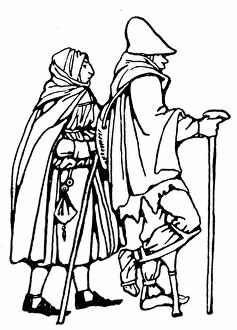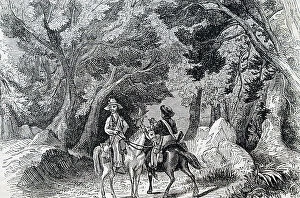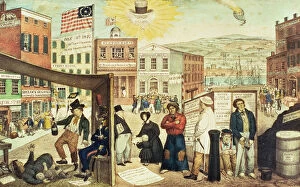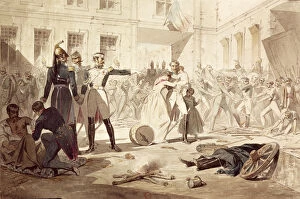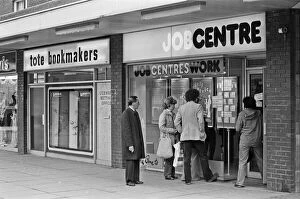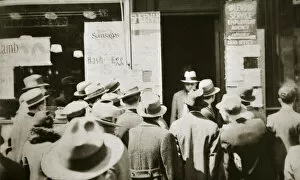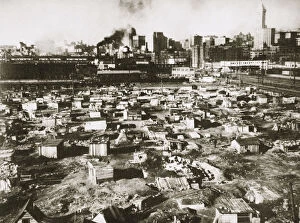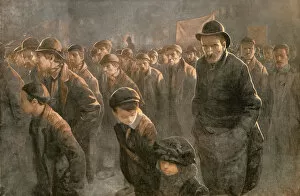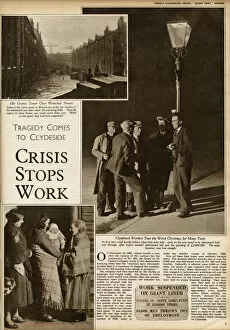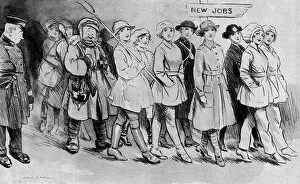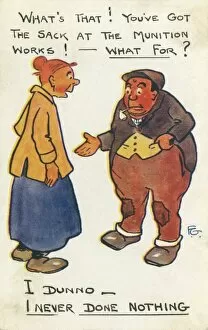Jobless Collection
"Unemployment: A Historical Battle for Survival and Dignity" In the late 19th century, rioting erupted in the West End of London in 1886 as joblessness plagued the city
For sale as Licensed Images
Choose your image, Select your licence and Download the media
"Unemployment: A Historical Battle for Survival and Dignity" In the late 19th century, rioting erupted in the West End of London in 1886 as joblessness plagued the city. The struggle continued through time, with vivid images capturing the plight of the unemployed. "The Worlds Army of Unemployed, " a powerful artwork published in Hamburg in 1931, depicted countless individuals facing an uncertain future. Meanwhile, "The Times" newspaper from New York showcased a color lithograph from 1837 that highlighted early signs of unemployment's impact. During these troubled times, even those tasked with maintaining order found themselves out of work. The Paris Guards were forced to control rioters while being sacked from their posts—a stark reminder of how widespread joblessness had become. Across oceans and continents, cities like New York and San Francisco faced similar challenges during the early 1930s. An employment office on Sixth Avenue became a symbol of desperation for many seeking work. Outside public libraries or on park benches, unemployed men gathered together—seeking solace amidst shared struggles. One notable event was the Bonus Army's demonstration outside Washington DC's Capitol building in 1932 during the Great Depression. These veterans demanded payment for their wartime service but instead found themselves confronting economic hardship alongside millions nationwide. As poverty deepened across America during this era, makeshift shelters emerged as symbols of destitution. Shacks made from barrels and tar paper dotted St Louis streets while Hoovervilles lined Seattle's waterfront—an undeniable testament to society's failure to provide for its citizens. Perhaps most hauntingly captured by artists at that time was "the breadline. " This visible sign of poverty etched itself into American consciousness throughout the entire decade—the long queues forming outside soup kitchens serving as a painful reminder that basic sustenance remained elusive for many families. Through riots and demonstrations, photographs and artworks alike documented an ongoing battle against joblessness—a fight not only for economic stability but also for the preservation of human dignity.

